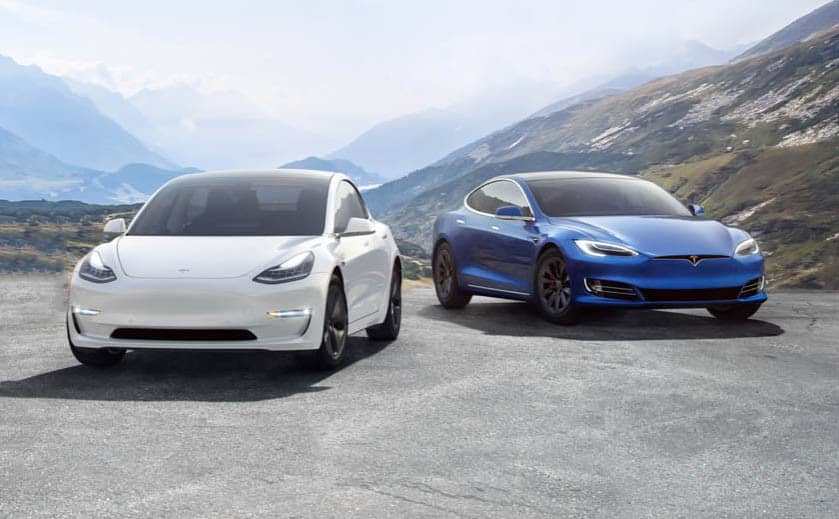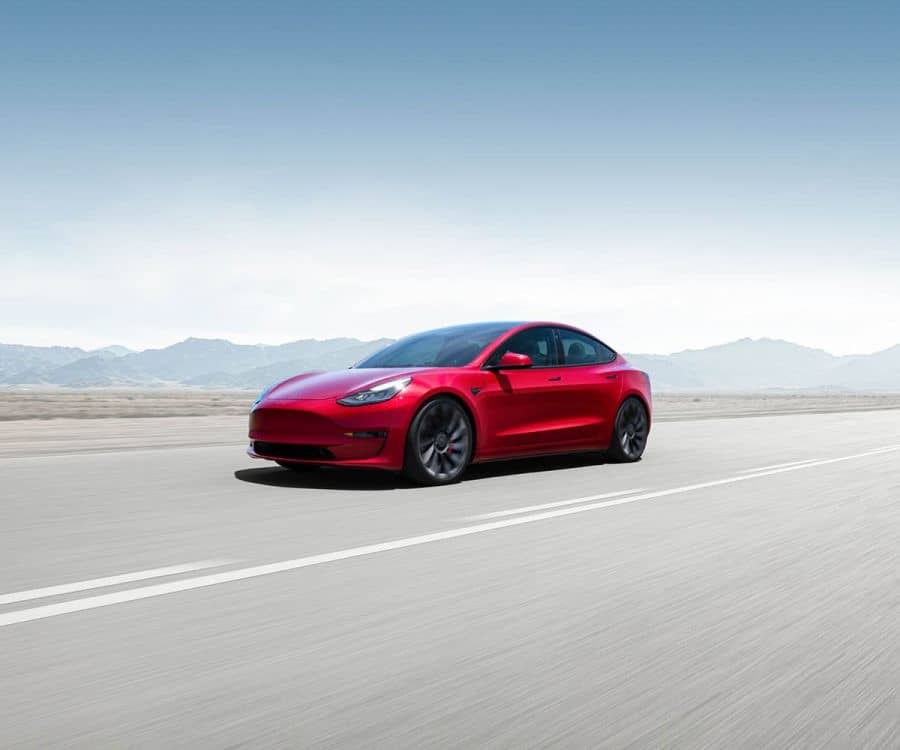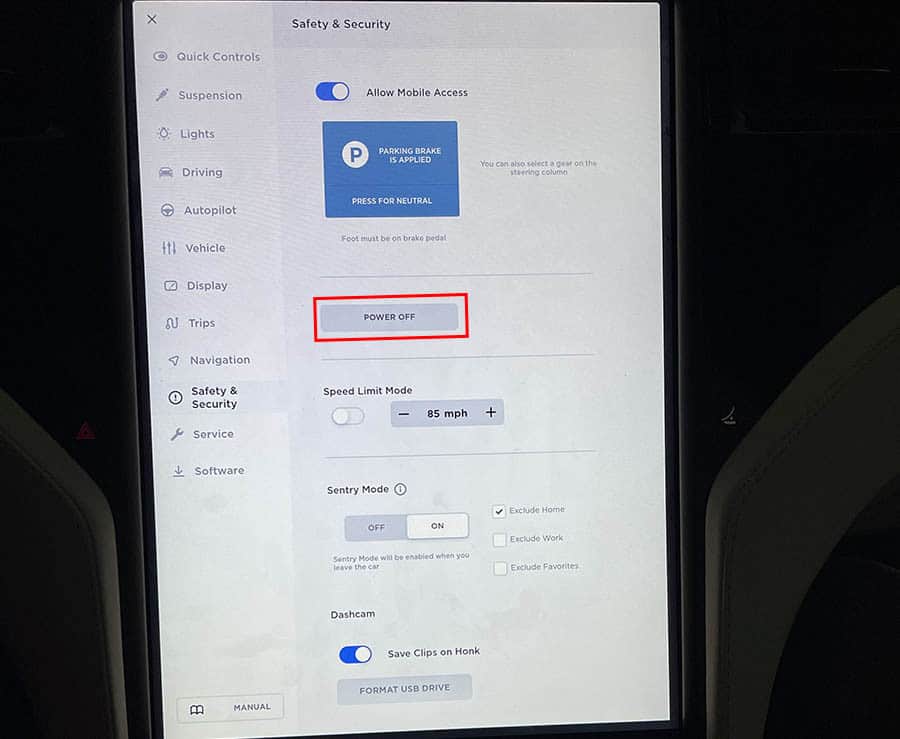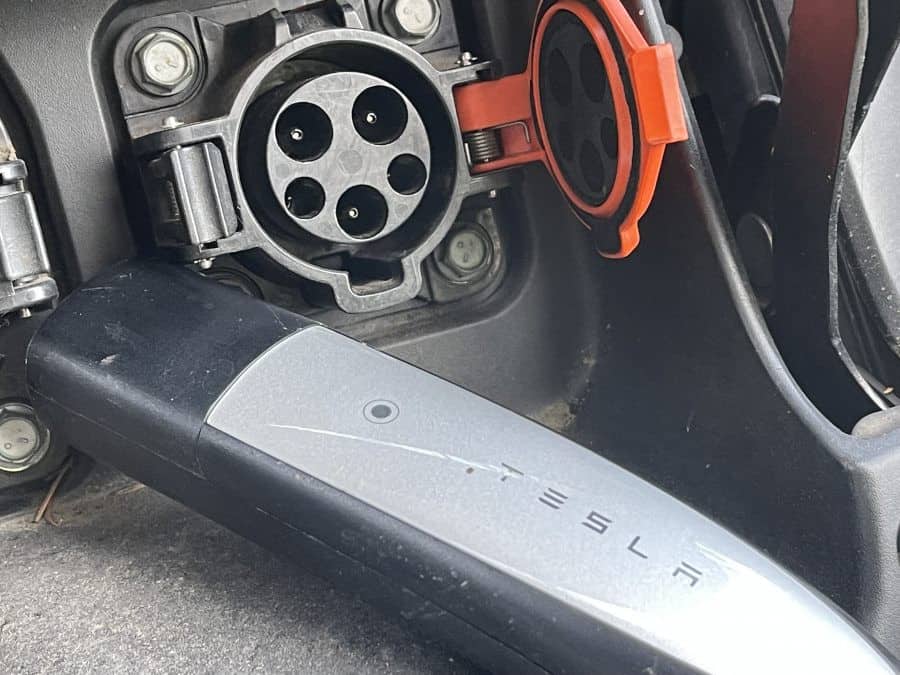Tesla Model S vs Model 3: Which is Better for You?
Tesla’s car offerings are all fantastic options, but choosing between specific models can be a difficult decision. Two of the most similar options are the Model S, the luxury model, and the Model 3, the more economically-priced option. There are some critical differences between the models that could be deciding factors for potential buyers. The Tesla Model 3 is significantly cheaper than the Model S. It has a less luxurious interior and is generally less tuned for performance than the Model S. Both cars are electric. The Model S is a luxury option, and the Model 3 is meant to bring electric vehicles to a more affordable price point. Between differences in price, range, power, and interiors, there is a correct choice for everyone. To get into the specifics and decide on each of these factors and more, keep reading. The Price of Each Model Is Vastly Different The price point differences between the Model 3 and the Model S are likely the largest decision factor for most potential buyers. While both cars are firmly in the upper tier of pricing compared to other sedans, the Model 3 is significantly more affordable. The basic Model 3 starts at $37,990 and the basic Model S starts at $84,990. That is a significant difference in price between the two, as the Model S is over $45,000 more. Even the highest-end version of the Model 3 is cheaper than the basic Model S. There are some critical differences between the two cars that build-up to the difference in price, including range, power, luxury, and other additional offerings. These prices are also new, so purchasing a used Model S may actually end up being a better deal than a new Model 3 if a good deal is found. It is also worth noting that many states include some discounts when purchasing electric vehicles that could translate to saving a few thousand dollars. This will vary depending on when you are buying and where, but it is worth looking into. All of the prices listed here are from Tesla’s website before any additional savings are added. The Price of a Model 3 Is Hard to Beat for What It Offers A Tesla Model 3 offers a significant bundle of value for its price point and, for the majority of people, will make more sense than a Model S. It is available in three different packages: Standard Range Plus Long Range Performance Each of these three different trim packages follows the regular route of car trims and increases in price and features with each one. Despite the somewhat confusing name, the Standard Range Plus is the most basic trim available on a new Model 3. It is also the cheapest and costs $37,990. The Long Range trim increases the range of the Model 3 and increases its power and acceleration. It also updates the interior to a fully premium version and starts at $46,990. This is an excellent option for customers interested in a more extended range and slightly more premium feel without entirely breaking the bank. Finally, the Performance trim of the Model 3 costs $54,990 and is the closest in specs to a Model S. It includes a significant hike in available power, a slight loss in the range from the Long Range spec, and carries the premium interior over. Most reviewers recommend simply purchasing the base Model 3 for prospective buyers, as it is still a superb vehicle for a fraction of the cost. Alternatively, if you are interested in the increased power or range without jumping up to the Model S, the higher packages may be worth it. The Model S Is A Luxury Offering with A Price Tag to Match The Model S is much more expensive than the Model 3 but aims to provide the sports car and luxury features that make it worth the price. While affording one is difficult for most people, the car’s pricing is well in-line if compared to competitors. Like the Model 3, the Model S also comes in three different trim levels. These are: Long Range Plus Performance (no longer offered since the Plaid release) Plaid The bottom two trim levels are the most common and likely the best choices for prospective buyers, while the “Plaid” edition boasts some serious upgrades, including in the price. The Long Range Plus package is the basic Model S and features everything most people love about Teslas. An incredible range, quick acceleration, beautiful and futuristic interior, and many bells and whistles are standard for all the models. While this version does not accelerate incredibly quickly compared to Tesla’s other offerings, it still includes a respectable 0-60 time. For those who want the luxury of a Model S without caring too much about the performance, the Long Range Plus package is an easy choice. It starts at $84,990. Outdated: The Model S’s Performance package introduces the rapid acceleration that many people understand from Tesla, getting from 0-60 is just 2.3 seconds. It loses some range to do so but maintains all the other fixings from the Long Range Plus Model and checks in at $91,990. Finally, the Plaid trim is distinct from everything else that Tesla currently offers. Massive increases in performance and the addition of a third motor raise the price of this Model to $139,990. This is a model exclusively made for enthusiasts. Power and Luxury Are Distinct Factors for Choosing After getting over the initial differences in price, one of the first questions that many people have is how the cars differ in performance. While both offer impressive power and luxury that matches their price points, the Model S still offers the best of the best. If the price is of little to no concern and you simply want to accelerate quickly and enjoy the ride, the Model S is an easy choice. This is primarily due to the differences in how the cars are meant to be used. The Model S is intended to
Tesla Model S vs Model 3: Which is Better for You? Read More »










